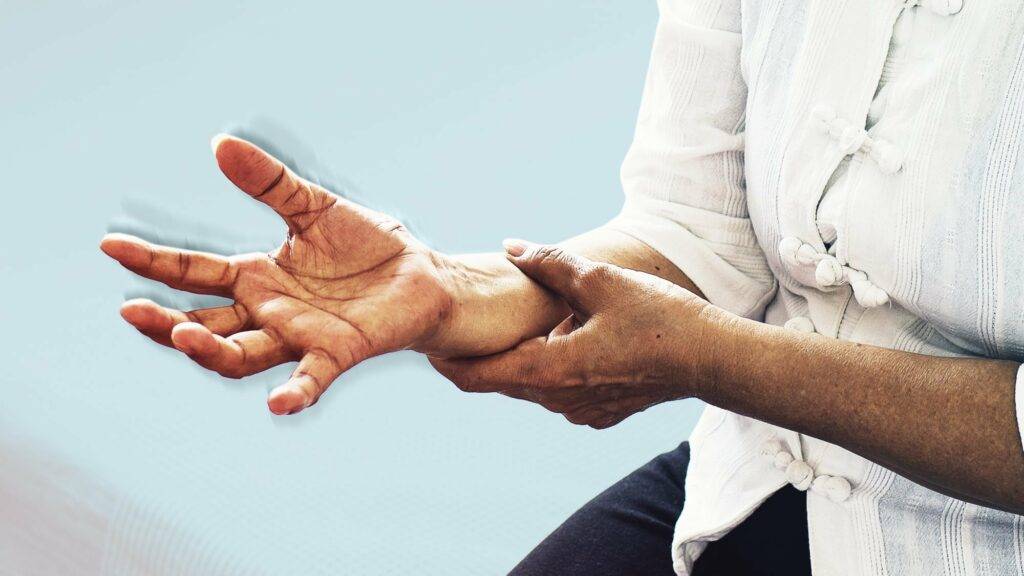
Many people have likely heard of Parkinson’s disease. People such as Muhammed Ali and Michael J. Fox have helped to shed a much needed light on Parkinson’s disease and its progression, but even so, many people still have questions about what it is. Therefore, in this post, we are going to dive into the diagnosis of Parkinson’s and talk about what it is, signs and symptoms, and some of the treatment options available, with an emphasis on physical therapy.

